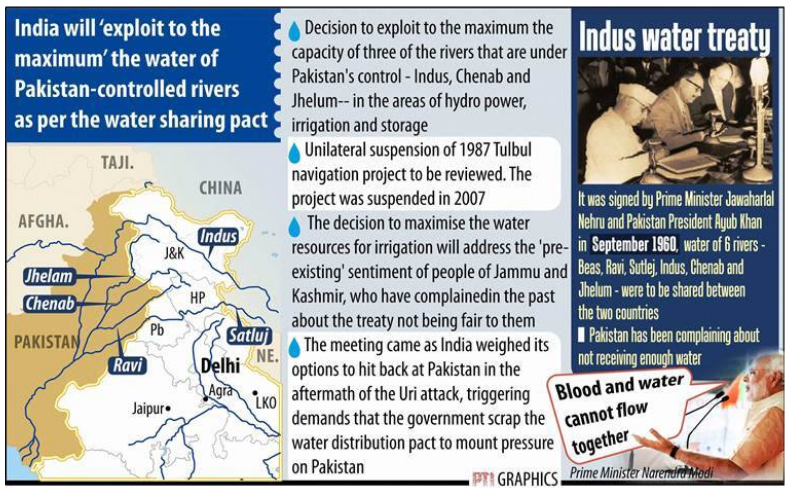Context:
Recently, the retired chairperson of National Green Tribunal (NGT) said that compliance of NGT orders by governments continues to be a serious issue.
About National Green Tribunal:
News Source: The Hindu
Context:
Ozempic, a diabetes drug, is increasingly becoming popular due to its advantage of weight- loss potential.
About the Ozempic Drug:
News Source: The Hindu
Context:
Recently, the United Nations Conference on Trade and Development (UNCTAD) published its World Investment Report 2023.
Key Findings of the World Investment Report 2023:
About India:
Global Trends:
| Additional Information:
About UNCTAD:
|
News Source: the print
Context:
The first Indian Institute of Technology (IIT) campus outside the country will be set up in Tanzania.
More on News:
About Zanzibar
News Source: Hindustan Times
Context:
The Prime Minister has paid tributes to Dr Syama Prasad Mukherjee on his birth anniversary (6th July)
Few facts about Syama Prasad Mukherjee:
News Source: pib
Context:
Recently, ambergris, also known as floating gold, was found in the carcass of a sperm whale washed up on a shore of the Canary Island .
About Ambergris:
Uses of Ambergris:
Legalities in India:
News Source: Indian Express
Context:
The Seventh edition of Indian Navy – US Navy (IN – USN) Salvage and Explosive Ordnance Disposal (EOD) exercise, SALVEX was conducted recently at Kochi.
About SALVEX:
News Source: pib
Context:
Meta, formerly known as Facebook, has recently developed a new app called Threads to compete with Twitter.
Potential Twitter Alternatives:
News Source: The Hindu
Context:
Recently, Pakistan has expressed optimism that India will adhere to the Indus Waters Treaty in a sincere manner.
| Probable Question:
Q. The Indus Waters Treaty is often cited as an example of the possibilities of peaceful coexistence that exist despite the troubled relationship between India-Pakistan. Comment |
More on News:
Background:
About Indus Waters Treaty:
About Indus System Of Rivers:
Image Source: Loksabha |
Salient Provisions of The Indus Water Treaty:

Image Source: The Indian Express
Dispute Resolution Mechanism under Indus Water Treaty:
Pakistan reservations over IWT:
Timeline: Brief Overview of Indus Waters Dispute

Image Source: PTI
Challenges:
Indian Hydropower projects in the Chenab Basin:
|
Implications of unilateral altering Status of IWT by India:
Significance:
Way Forward:
News Source: The Hindu
<div class="new-fform">
</div>